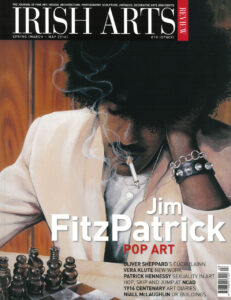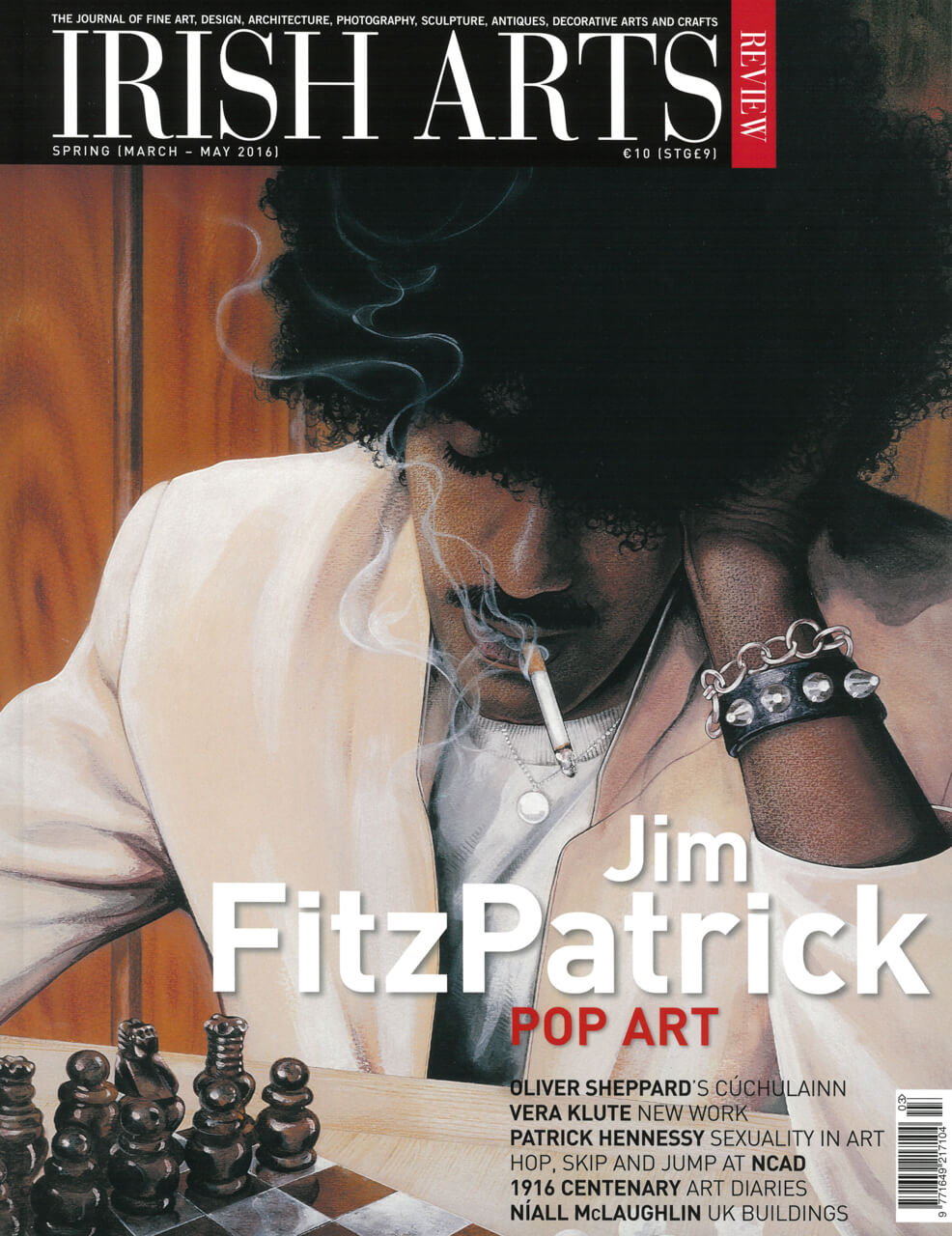

Stephanie McBride examines a collaborative photographic project that artfully captures the bravado and vulnerability of being seventeen
When the Sirius Art Centre in Cobh invited American photographer Doug DuBois to work with local teenagers on the Russell Heights estate in 2009, the Guggenheim Fellow was not to know that his short residency in Co Cork would turn into a five-year project. The outcome is an experimental book called My Last Day at Seventeen. Published by the New York-based Aperture Foundation, it is a multi-layered, collaborative project. Alongside comic strips by Dubliner Patrick Lynch and a brief screenplay, at its core are DuBois’ images of the working-class teenagers in their not-quite-adult world. These photographs range from documentary and portraiture to random moments and staged reconstructions of moments that his camera may have missed – echoing John Grierson’s definition of documentary as a ‘creative treatment of actuality’. All this could only have been achieved by building up a trust with the teenagers, from his initial introduction and access through two young locals who introduced him to ‘the steps’ – a local hangout for the kids for generations.
The pictures are untitled, their subjects nameless, the teenagers either alone or in pairs, or a colourful mass in a distant lens, yet becoming a collective identity across the pages. In one image, two young girls don mini-skirts and high-heels – childlike yet knowing, in a rush to be grown-up, their faces cosmetically flushed. As they pose with hands clasped, there is something constrained about their stance, as though ill at ease with their in-between status, while a young lad observes on the sidelines, his spectator gaze only serving to amplify their self-conscious poses.
In another image, a boy has climbed high up a streetlight. The scene is beautifully composed: like a circus performer aware of his audience and the exuberant spectacle, he is triumphant, unassailable for one brief moment, framed by the brightly-painted terraced houses and blue skies with their fairytale clouds.
portraits suggest a liminal in-between state, caught between the competing claims of childhood and an adult world
A young woman’s wonderful magenta-coloured hair has been teased into a spiky coiffure, her eyes defined with carefully applied colour. Despite the impeccably groomed features, some traces of vulnerability linger. Another compelling portrait is an intimate moment of a young man holding a baby awkwardly. In another, a girl and boy stand in a doorway; her firm and daring look is a challenge to the camera, a cigarette in one hand while her other hand rests on her male companion.
The scenes range from domestic interiors to the frayed edges of urban and industrial zones, shorelines and graffiti-clad concrete. Inserted in the pages are two almost dreamlike photo-stories. In one, a pair of footballers flex their header and dribbling skills on the street. In another, young men stage a gunfight; the scenario would not look out of place in The Wire or Love/Hate, but for the unmistakable background of the local housing estate.
Regional nuances and local stories prevail; yet alongside the palpable sense of the local, like most teenagers they embrace international brands and fashions. Many of their gestures and attitudes are adopted from global popular culture and adapted within a local context. The images feature 21st-century tattoos and fashions, cosmetics, jewellery, trainers, mobile phones and cans of beer.
Theirs is a generation that has grown up in an intense image culture, in an age of instant image-sharing. Yet taking a photo can still be an intrusion or assault; it can involve, as Wolfgang Tillmans puts it, ‘the dynamics of vulnerability, exposure, embarrassment and honesty’. DuBois has clearly built up a rapport and trust, and the project’s mode of address reflects this, inviting us into the teenagers’ stories as they flex and shape their identities.
In the final pages, a screenplay called The Argument captures one young participant’s reluctance to have a particular photo of herself included. The exchanges reveal her feelings about what it’s like to be photographed, as she contemplates her (and others’) future gaze on her present self – the same image is then deliberately obscured by the inserted screenplay pages in the book.
The book’s comic strips bring additional accents, voices and glimpses of lives hemmed in by small-town streets: of an absurd shopping expedition by a young mother-to-be for a costly buggy; of sad stories of disappointment or escape; of the rhythm of hurling that haunts midsummer nights long after the hurler is gone.
DuBois’ initial project was intended to be an exploration of Ireland’s economic collapse after 2008. This study of the ephemerality of youth in a small Cork community offers a richer human seam. DuBois uses his distance in age and culture to achieve a sharper focus.
By returning around the same time each year, he has also managed to create an endless summer, permanently fixing those halcyon, transient days. His portraits suggest a liminal in-between state, caught between the competing claims of childhood and an adult world, between defiance and ambiguity, swagger and uncertainty, between fragile optimism and unknown futures.
Doug DuBois, My Last Day at Seventeen (2015) €40.00 All images © Doug DuBois
Stephanie McBride lectures in film and visual culture at the National College of Art & Design.



